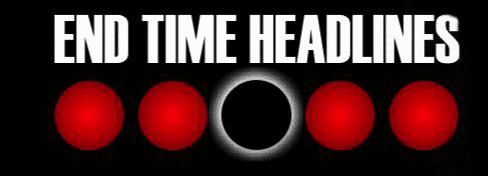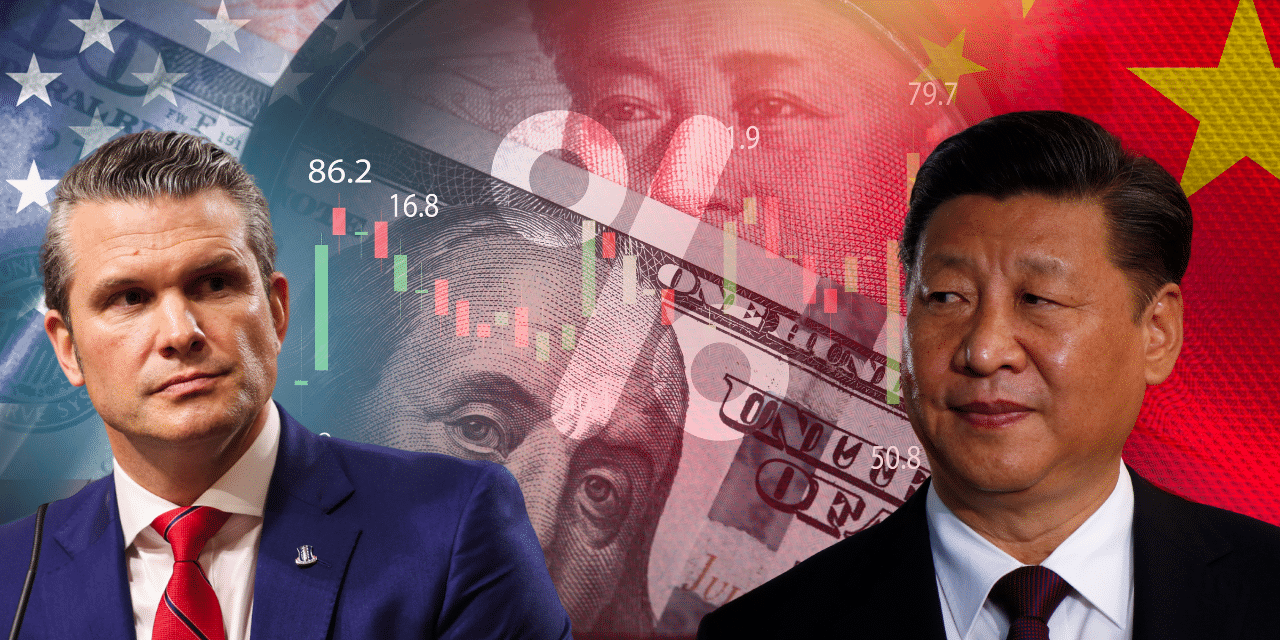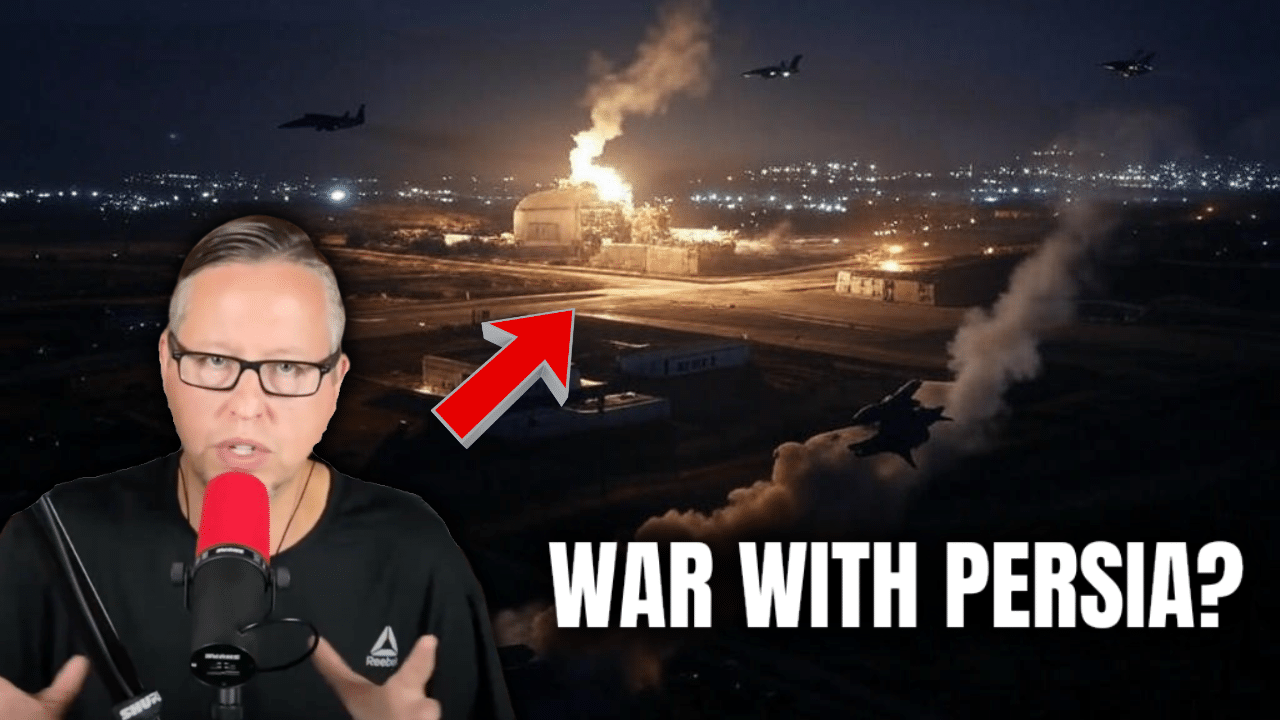Tensions between the United States and China have reached a boiling point as tariff disputes escalate dramatically, prompting strong words from U.S. Defense Secretary Pete Hegseth.
In a statement that has sent shockwaves through diplomatic and military circles, Hegseth declared that the U.S. is “prepared” to go to war with China, a response to what he described as threatening rhetoric from Chinese President Xi Jinping.
The announcement comes as the Trump administration doubles down on its aggressive trade policies, scrapping previous tariff frameworks and igniting fears of a broader conflict.
The latest escalation stems from a contentious tariff standoff that has unraveled months of fragile economic détente between the world’s two largest economies.
Posts on X indicate that Hegseth’s remarks were made in direct response to Xi’s warnings of retaliation against new U.S. tariffs targeting Chinese goods.
While details of Xi’s specific threats remain unclear, the implication of economic—and potentially military—reprisals has fueled speculation about the trajectory of U.S.-China relations.
According to reports circulating on X, Hegseth told the New York Post that the U.S. military is fully equipped to confront China if the situation deteriorates beyond trade skirmishes.
“We’re prepared for war with China over tariff threats,” he reportedly said, signaling a readiness to shift from economic brinkmanship to outright confrontation if provoked.
The statement aligns with the Trump administration’s hawkish stance on China, a policy that has gained momentum since the former president’s return to office.
The Defense Secretary’s comments have sparked a polarized response. Some, like X user @I_Am_The_I_man, hailed Hegseth as a “China hawk” long overdue at the Department of Defense, reflecting a sentiment among hardliners who view China’s growing global influence as an existential threat.
Others, however, question the wisdom of escalating rhetoric at a time when global markets are already reeling from trade uncertainties. Posts on X suggest a divide, with some users amplifying the news as a show of strength, while others express concern over the potential for miscalculation.
Analysts note that the tariff scrap has already disrupted supply chains, with industries from technology to manufacturing bracing for higher costs and shortages.
China’s response has been characteristically opaque, but state media has hinted at countermeasures that could include export bans on critical materials like rare earth minerals, a move that would cripple U.S. industries.
Xi’s reported threats, though not detailed in public statements, appear to have raised the stakes, prompting Hegseth to frame the U.S. position in military terms.
While Hegseth’s declaration underscores the Trump administration’s confrontational approach, questions remain about its feasibility and intent.
The U.S. military, though formidable, faces logistical challenges in projecting sustained power across the Pacific, particularly against a near-peer adversary like China.
Critics argue that saber-rattling over tariffs—a fundamentally economic issue—may be more political theater than a credible war plan.
The lack of concrete evidence regarding Xi’s “threat” also casts doubt on whether the Defense Secretary’s response is proportionate or a calculated escalation to rally domestic support.
Moreover, the broader context of U.S.-China relations suggests a complex interplay of cooperation and rivalry. Both nations remain economically interdependent, with trillions in trade at stake.
A full-scale war would devastate both sides, raising skepticism about whether Hegseth’s statement reflects genuine preparedness or a strategic bluff.
Posts on X, while amplifying the story, offer no definitive proof of an imminent military clash, leaving the public to parse sentiment from speculation.
As of March 5, 2025, the situation remains fluid. Neither the Pentagon nor the White House has released an official statement elaborating on Hegseth’s comments, though sources indicate that military planners are quietly reviewing contingencies in the Indo-Pacific region.
China, for its part, has yet to formally respond, though its actions in the coming days—whether through trade retaliation or military posturing—will likely shape the next chapter of this unfolding drama.
Whether Hegseth’s words prove prophetic or merely provocative, they underscore a stark reality: the U.S. and China are on a collision course, with consequences that could redefine global power for decades to come.








